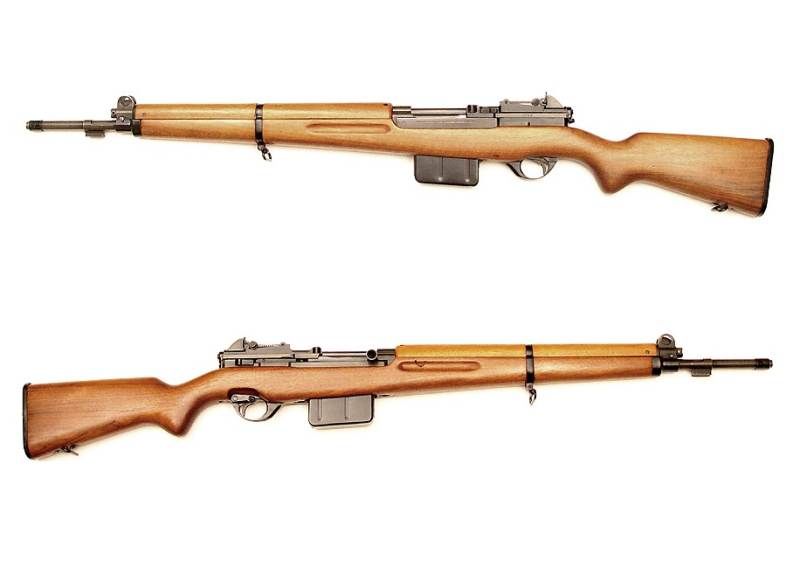In early 1945 the Cuartel General of the Ejército directed the Fabrica de Armas y Municiones del Ejército to commence development of a new machine carbine for the armed forces. The FAME had considerable experience with the license manufacture of the Italian-designed Beretta Modelo 1938; an excellent weapon but one requiring extensive machining and high-quality materials, resulting in an expensive product. The design effort took as its starting point the German-designed MP-36, a weapon obtained in small numbers by the Infantería de Marina. Extensive use was made in the design of the Modelo 1948 of stamped-steel parts and the projected cost of the new weapon was estimated to be less than half of the Beretta.
A prototype appeared in mid-1946 and offered for trials; while generally considered acceptable some design changes were requested. A second series of trials was held in February 1947 and the design fulfilled all the Ejército’s requirements. The first production weapons emerged from the factory late that year.
Details
Caliber: 9 mm x 19 Parabellum
Length: 830 mm (butt opened) / 615 mm (butt folded)
Barrel length: 250 mm
Weight: 3.0 kg
Action: Blowback, open bolt
Rate of fire: 650 rounds per minute (cyclic)
Magazine: 36 rounds
Sights: Flip rear sight, fixed blade front sight



